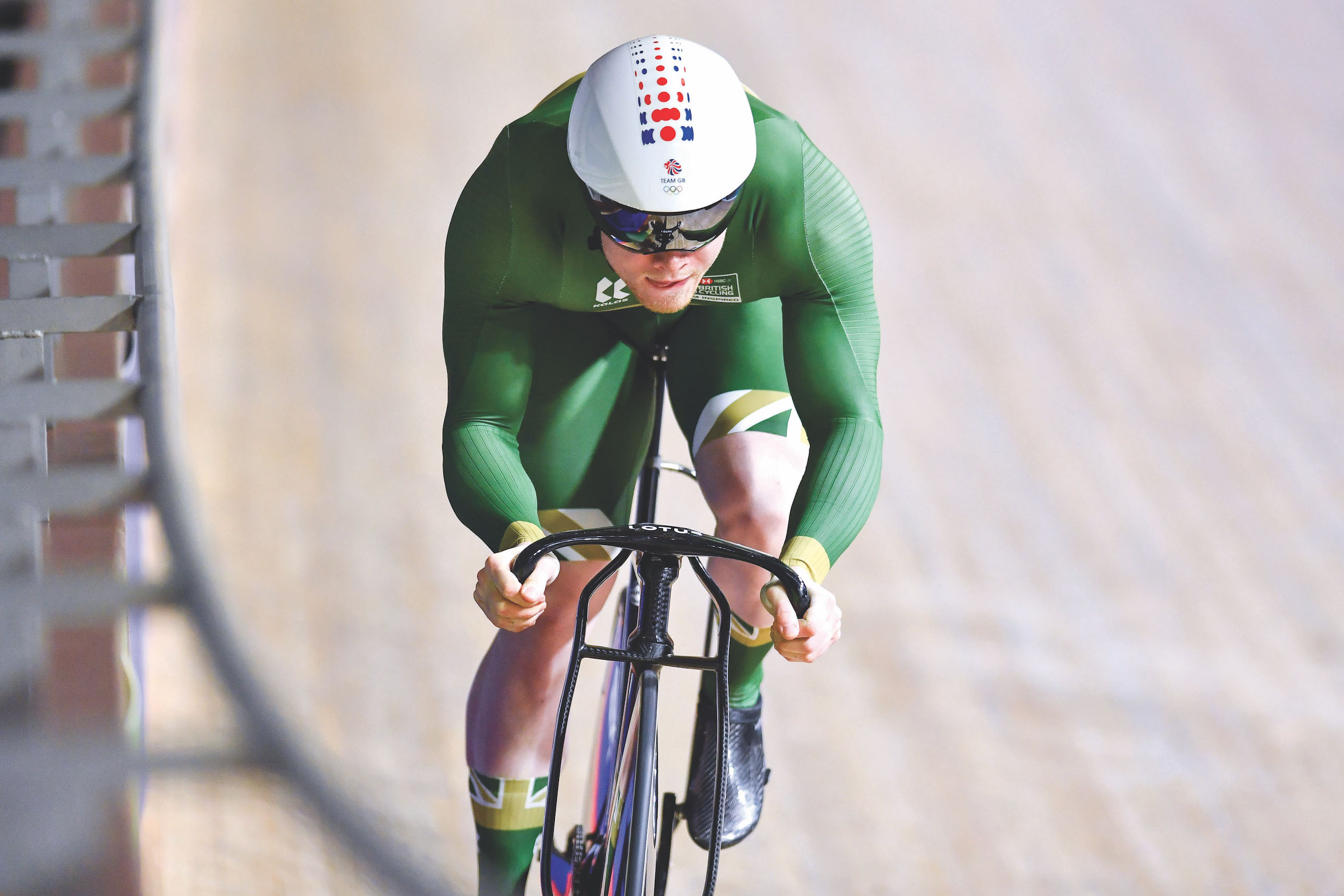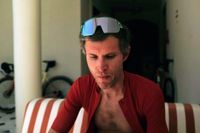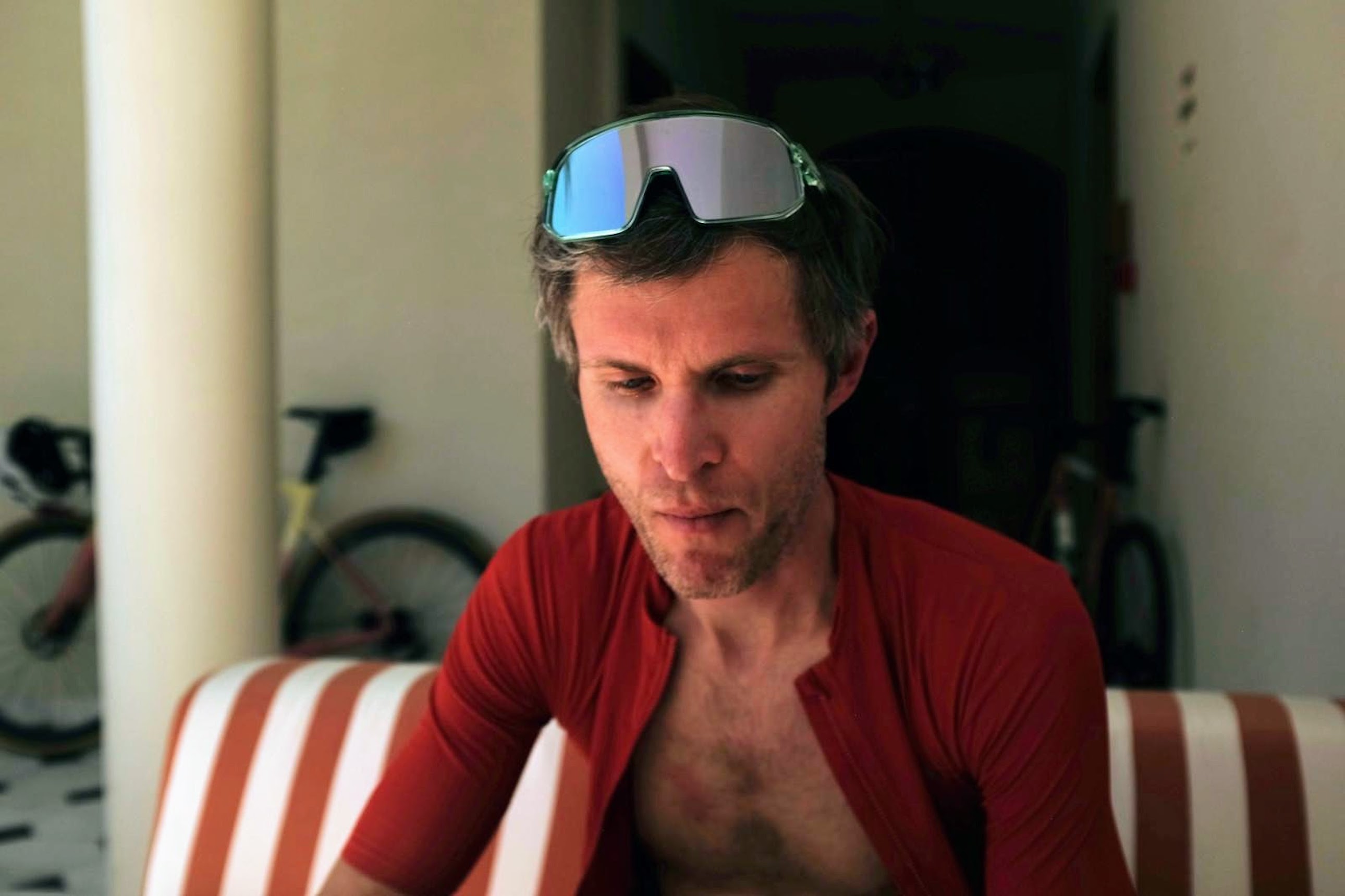'I've always been able to empty myself to the point of throwing up': Jack Carlin on what makes a great sprinter
The GB sprint ace talks us through what it takes to go very, very fast over the shorter distances on the track


For each article in this long-running WATT WORKS FOR ME series from Cycling Weekly's print edition, we ask a pro rider about their favourite things in training: what has helped them most in getting to where they are today. The aim is to get to the heart of the beliefs and preferences they hold dear when it comes to building form, maximising fitness and ultimately achieving results. For this edition, we speak to sprinting maestro Jack Carlin...
British sprinter Jack Carlin is one of the generation of track riders charged with continuing British Cycling's success after the retirement of Jason Kenny and in the lasting legacy of Sir Chris Hoy. The Scot won an Olympic silver and bronze medal at Tokyo 2020 and has multiple world medals to his name.
Track sprinters training is very different to that of track endurance or road riders, with hours in the gym lifting heavy weights and track sessions made up of very short, but very intense efforts. We found out more about his start in the sport and his philosophy around his training.
CW: How did you first get into cycling?
Jack Carlin: I was always an outdoorsy kid, and I had various injuries. Aged about 14, I fractured both ankles playing football and started cycling as a non-impact activity to maintain fitness as I recovered. I had a £200 Trek mountain bike and went riding with my dad on the trails around Paisley [in Renfrewshire, Scotland] where I grew up. I then joined a Go Ride club, Glasgow Riders, and it went from there.
CW: When did you realise you had a talent for sprinting?
The latest race content, interviews, features, reviews and expert buying guides, direct to your inbox!
JC: Probably when I realised my road career was over! [Laughs] No, I’ve always been able to empty myself completely, to the point of throwing up, when doing very short efforts. I was winning youth races on the track by hanging on to the group and then sprinting at the end. When I was about 15, Kevin Stewart [then at Scottish Cycling] suggested I have a go at the sprint and created a programme for me.
Rider profile: Jack Carlin
Age: 24
Height: 5ft 9in
Peak power: 2,300W
Lives: Manchester
Rides for: Great Britain Cycling Team
Best results: 2nd – Team Sprint, Olympic Games (2021); 3rd – Sprint, Olympic Games (2021); 2nd – Sprint, Track World Champs (2018)
Twitter: @jack_carlin97
Instagram: jackcarlin97
CW: Who were your inspirations back then?
JC: I remember watching Chris Hoy’s keirin [gold] at the 2012 Olympics and jumping up and down with my dad as if we’d won it with him, even though I wasn’t massively into cycling at the time. That was the first thing that set off the sprint idea. In 2014 I sat in the stands watching the guys I trained with competing at the Commonwealth Games [in Glasgow], thinking ‘how cool would that be!’. Another massive role model for me was John Paul, who unfortunately passed away last month [aged 28] – he was a junior world champion and took me under his wing. He always wanted others to succeed; a true inspiration.
CW: Give us a sense of how heavy the gym work gets.
JC: In the team sprint, man one is a bit more of a gym monkey, but we’re all in the gym doing heavy work two to three times a week, including heavy back squats. My personal best back squat is 230kg but there are guys who can squat 240kg – and we’re not heavy guys, we’re only around 80kg. We also leg press up to 400kg. The aim is not to get big; every gram we add needs to be functioning mass. If you look at sprinters, we’re all quite lower-body-heavy, as we don’t do a huge amount of upper body work. We have to be able to produce around 30-31W/kg peak power, so we can’t carry any surplus.
CW: Sprint events have such narrow margins for error – how do you keep the nerves in check?
JC: I’ve never been a nervous person; I tend to take things in my stride. The people who appear to be the most focused and in control can be the most nervous. It might be a short, sharp effort but when you’re in the race, everything feels slowed down and methodical – as long as I go with my gut and fully commit 100%, that is all I need to think about.
Quick-fire faves
Pre-race meal? Alan Murchison’s bircher muesli
Motivational song? 'Tick Tick Boom' by The Hives
Race event? Keirin
Way to spend a rest day? A round of golf – active recovery rather than complete rest
Cafe stop treat? Flat white and slice of red velvet cake
Sport or hobby aside from cycling? Golf to play; football to watch
Quality in a training partner? Fun and chilled – someone who doesn’t take it all too seriously
Post-race treat/guilty pleasure? Beer
CW: What is your top sprint advice for regular riders?
JC: Road riders should still have gym sessions in their programme. Doing some squats and core work won’t be detrimental, aside from the soreness after the first couple of sessions. If you don’t want to lift weight, you can do uphill sprints in big gears – a similar stimulus but on the bike. Just 10- or 20-second efforts are long enough.
CW: How do you stay lean?
JC: Don’t worry about it too much except around key races. You need high enough protein to be recovering well and high enough carbs so that you have energy the next day. If anyone tells you they don’t have the occasional pizza, they’re lying! I don’t need to sit at below 10% body fat all year round; 15% is fine the majority of the time.
This article was originally published in the 14 April 2022 print edition of Cycling Weekly magazine. Subscribe online and get the magazine delivered to your door every week.

David Bradford is senior editor of Cycling Weekly's print edition, and has been writing and editing professionally for 20 years. His work has appeared in national newspapers and magazines including the Independent, the Guardian, the Times, the Irish Times, Vice.com and Runner’s World. Alongside his love of cycling, David is a long-distance runner with a marathon personal best of 2hr 28min. Diagnosed with retinitis pigmentosa (RP) in 2006, he also writes personal essays exploring sight loss, place, nature and social history. His essay 'Undertow' was published in the anthology Going to Ground (Little Toller, 2024). Follow on Bluesky: dbfreelance.co.uk